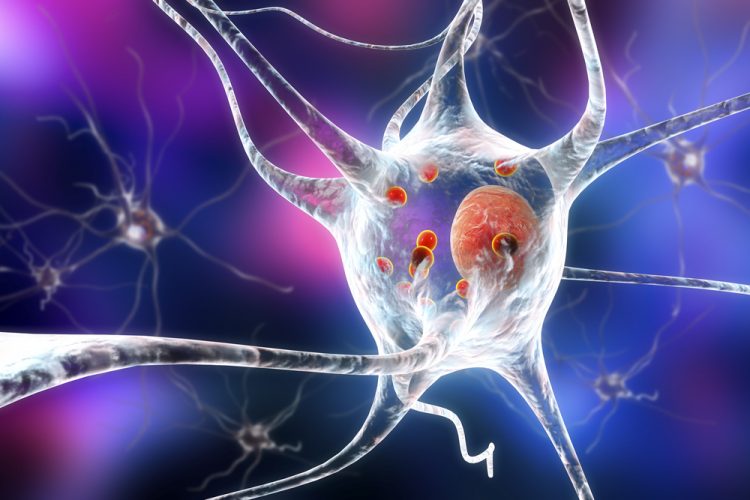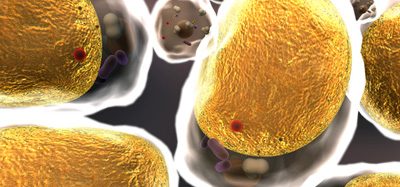SOD1 protein found to trigger treatable Parkinson’s progression
Posted: 3 July 2025 | Drug Target Review | No comments yet
Scientists at the University of Sydney have discovered a malfunctioning brain protein linked to Parkinson’s – which could lead to new therapies for the debilitating condition in the future.


New research from the University of Sydney has uncovered a key brain protein involved in the development of Parkinson’s disease, and identified a way to modify it, offering hope for future treatments.
Led by Professor Kay Double at the Brain and Mind Centre, the team has spent over a decade investigating the biological mechanisms that drive Parkinson’s. The condition affects more than 10 million people worldwide and is the second most common neurological disorder after dementia.
From discovery to breakthrough
In 2017, Professor Double’s team published a study identifying the abnormal presence of a protein called SOD1 in the brains of people with Parkinson’s. While SOD1 normally serves a protective function in the brain, in Parkinson’s patients it becomes faulty, clumping together and damaging neurons.
Building on this, the latest study, published in Acta Neuropathologica Communications, has shown that targeting this malfunctioning protein can dramatically improve motor function in animal models.
“All the mice we treated saw a dramatic improvement in their motor skills which is a really promising sign it could be effective in treating people who have Parkinson disease too,” said Professor Double. “We hoped that by treating this malfunctioning protein, we might be able to improve the Parkinson-like symptoms in the mice we were treating – but even we were astonished by the success of the intervention.”
Treating the protein with copper
The study involved two groups of mice bred to show Parkinson’s-like symptoms. One group was treated for three months with a special copper supplement, while the other received a placebo.
The results showed that mice in the placebo group continued to experience worsening motor symptoms
The results showed that mice in the placebo group continued to experience worsening motor symptoms. However, the mice treated with the copper supplement were protected from these effects and retained normal movement.
“The results were beyond our expectations and suggest, once further studies are carried out, this treatment approach could slow the progression of Parkinson’s disease in humans,” Professor Double said.
Understanding Parkinson’s disease
Parkinson’s disease occurs when dopamine-producing cells in the brain die off, resulting in tremors, stiffness, slow movements and poor balance. While the exact causes remain unclear, this research strengthens the case that the faulty SOD1 protein is a key player in its progression.
“As our understanding of Parkinson’s disease grows, we are finding that there are many factors contributing to its development and progression in humans – and faulty forms of the SOD1 protein is likely one of them,” said Professor Double.
Toward multi-faceted treatments
The findings also point to the need for combination therapies, echoing lessons from other complex diseases.
“Just as researchers found with HIV, Parkinson’s disease is a complex condition that likely requires multiple interventions. A single treatment may have a small effect when used alone but, when combined with other interventions, contributes to a significant overall improvement in health,” Professor Double added.
What’s next?
The team’s next goal is to determine how best to target the faulty SOD1 protein in human clinical trials. If successful, it could be the beginning of a new class of treatments aimed at slowing – or even halting – the progression of Parkinson’s disease.
Related topics
Animal Models, Central Nervous System (CNS), Drug Discovery, Drug Discovery Processes, Neurons, Neuroprotection, Neurosciences, Protein, Targets, Therapeutics, Translational Science
Related conditions
Parkinson's disease
Related organisations
Sydney University
Related people
Professor Kay Double (The Brain and Mind Centre)








